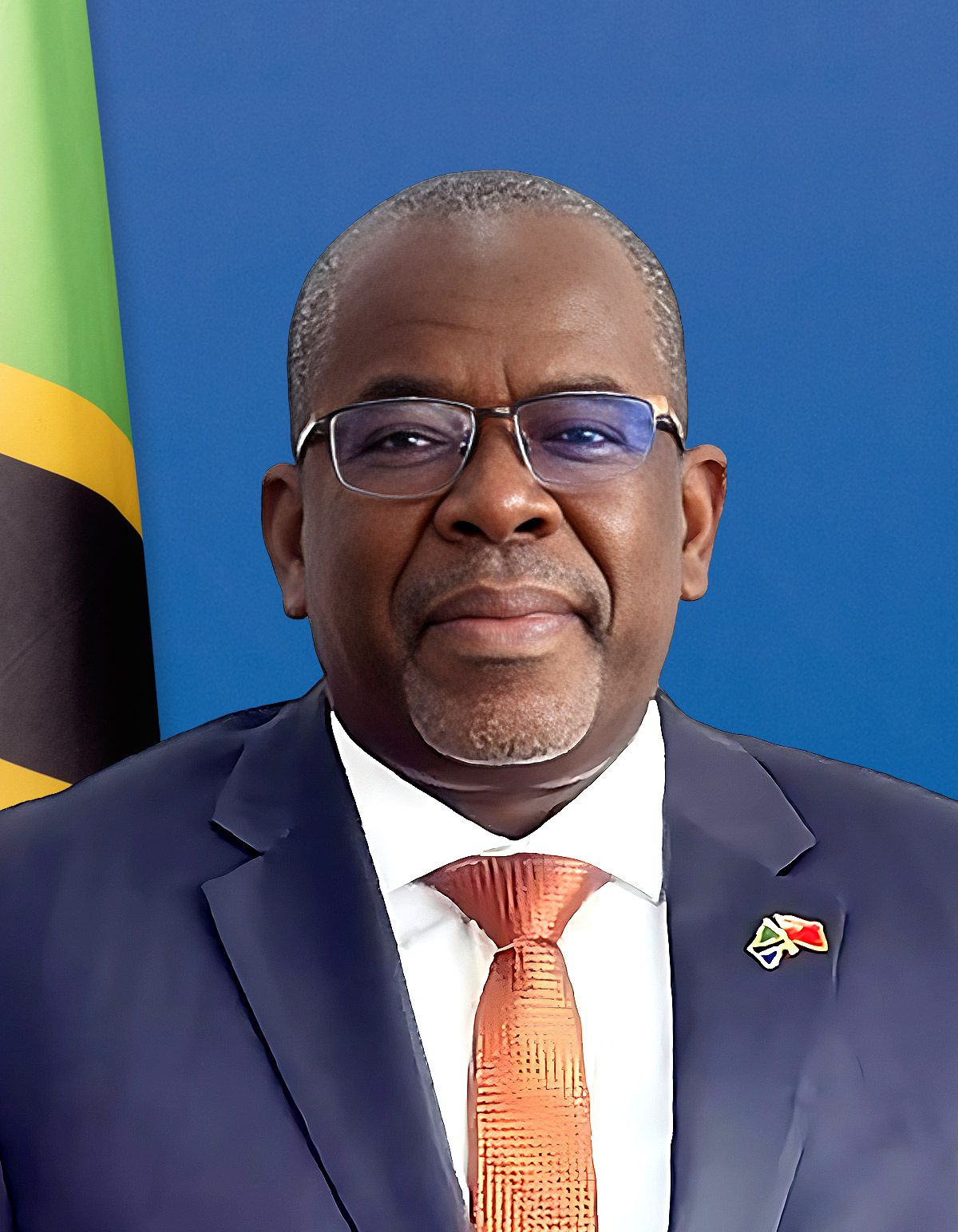Cell C targets JSE listing to reset balance sheet


Quidah is an online platform that connects investors with curated opportunities and expert insights on Africa’s emerging markets, while offering businesses promotional services, partnership facilitation, and market intelligence to attract capital and grow their operations.
Industries
Cell C, South Africa’s fourth‑largest mobile operator, plans to list on the Johannesburg Stock Exchange in a move its CEO says will streamline the balance sheet and strengthen growth prospects. The company is majority‑owned by Blue Label through The Prepaid Company (TPC), which intends to offer shares it holds via a private placement to select investors to raise about R7.7 billion, with an overallotment option of roughly R500 million and up to R2.4 billion earmarked for a Black Economic Empowerment vehicle. Proceeds will go to TPC for debt settlement, dividends and working capital, with Cell C receiving no proceeds, while a restructuring will separate Cell C from Blue Label ahead of the listing.
Cell C’s planned listing is paired with a shareholder‑level sell‑down by TPC, Blue Label’s subsidiary, which owns 53.57% of the operator, positioning the offer as a liquidity event for the parent rather than a primary capital raise for the company itself. The structure allocates a portion to a Black Economic Empowerment vehicle and includes an overallotment option, indicating an effort to broaden investor participation and manage demand.
The operator will be separated from Blue Label as part of a restructuring before the listing, a step presented as clarifying group structure and governance. CEO Jorge Mendes said a standalone listing would streamline the balance sheet, reinforce the growth strategy and strengthen competitive positioning, framing the move as part of a longer‑term turnaround.
After a period of heavy leverage, Cell C has undergone two recapitalisations and cut capital expenditure as it shifted from owning extensive infrastructure to an asset‑light model, reducing balance‑sheet intensity. Management contends this operating pivot underpins improved financial resilience and supports the rationale for a market listing at this stage.
TPC plans to use the R7.7 billion in proceeds to reduce debt, pay dividends and fund working capital, which may also ease pressure on the broader shareholder structure. Because Cell C will not receive the sale proceeds, any direct funding needs would still rely on future market access or operating cash flow improvements post‑listing.
For investors, a clean separation from Blue Label and a focused listing could improve transparency and comparability while the asset‑light strategy may support margins and capital efficiency over time. The private placement’s size, BEE allocation and overallotment option suggest demand management and policy alignment, though the absence of primary proceeds means execution risk remains tied to operational delivery rather than immediate balance‑sheet inflows at the company level. Potential opportunities include exposure to a deleveraging shareholder base, a simplified equity story, and optionality if the listing enhances future capital market access for network partnerships or service expansion.
If completed, the listing and pre‑listing separation could mark a new phase in Cell C’s turnaround by clarifying ownership and sharpening strategic execution. The coming milestones include finalising the restructuring, regulatory clearances and pricing the private placement, with traction likely judged by investor uptake and early post‑listing operating performance.


